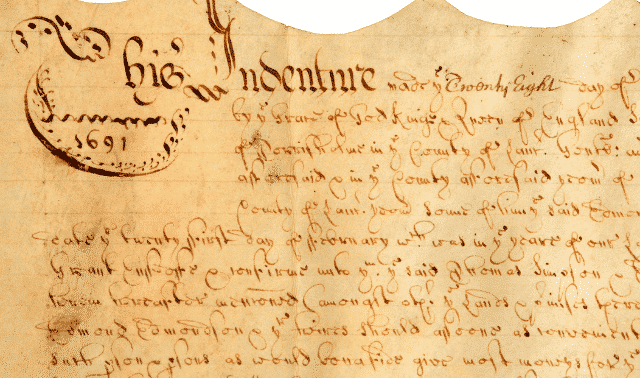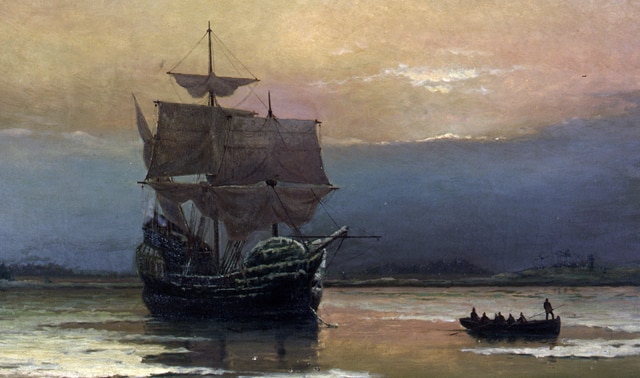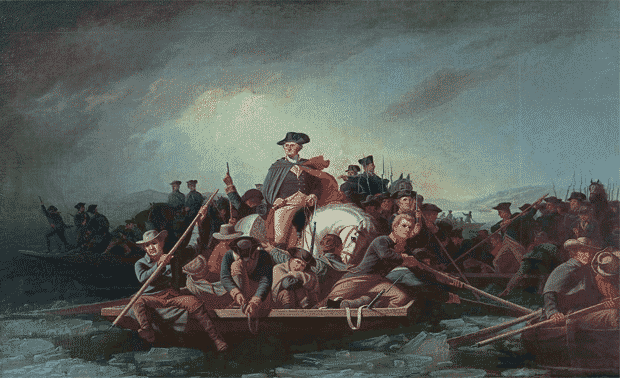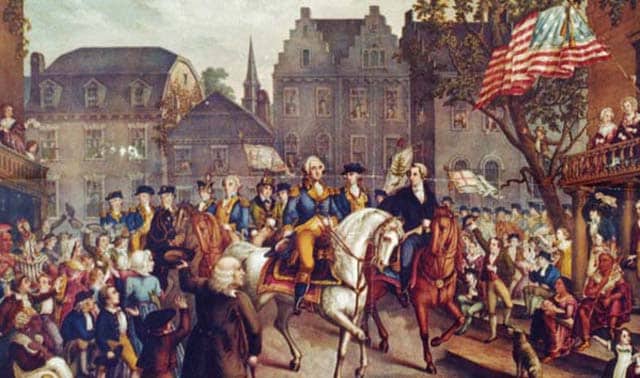Sign up for the Family Tree Newsletter Plus, you’ll receive our 10 Essential Genealogy Research Forms PDF as a special thank you!
Get Your Free Genealogy Forms
"*" indicates required fields
What better way to celebrate July 4th than by tracing your early American ancestors?
We have plenty of tips and resources to ease your way, below.
Overcome Two Big Hurdles
Researching your early American ancestors becomes a lot more difficult once you start searching prior to 1850 for two reasons: First, US census records prior to 1850 don’t have the names of everyone living in a household. Second, until January 1, 1820, the U.S. Government didn’t require passenger lists for those arriving in America. The search for anyone prior to those two dates requires some real sleuthing. Our week-long workshop will help you acquire the necessary skills.
ADVERTISEMENT
Look for the Usual Suspects
It’s tempting to have tunnel vision, focusing only on your direct line, but your ancestors had siblings, cousins, friends, and coworkers — and those people might have valuable information about your ancestors. Correspondence, military pension files from 1812 (which can be found at Fold3), and other items can provide links to your ancestor you otherwise might not have found.
Be a Law-Abiding Citizen
When we think of why our ancestors immigrated to America, chances are, we’re thinking of the American Dream, so it’s important to think about what records would be generated in their pursuit of that. Learn about the laws, which will tell you what kind of records might exist for your ancestors. If that sounds difficult, don’t worry! We’ll cover legal traditions in Colonial American genealogy research in the workshop.
Look for Excess Baggage
Immigration records prior to 1820 do exist, even if they become even more challenging to find. Starting in 1800, the federal government taxed personal baggage over a certain limit and Philadelphia kept a list of the “excess” baggage owners. This is housed with the passenger lists for the port at the National Archives. Learn more about researching immigration records prior to 1820 in the workshop.
ADVERTISEMENT
Build a Research Strategy
How do you distinguish between two people of the same name in the same place? D Joshua Taylor of Genealogy Roadshow fame reveals his seven steps for distinguishing between your ancestor and someone else. An integral part of this: Research not just your ancestor, but the people surrounding your ancestors using cluster and collateral research methods. Learn more strategies for where to search in the workshop, starting July 9th.
ADVERTISEMENT




